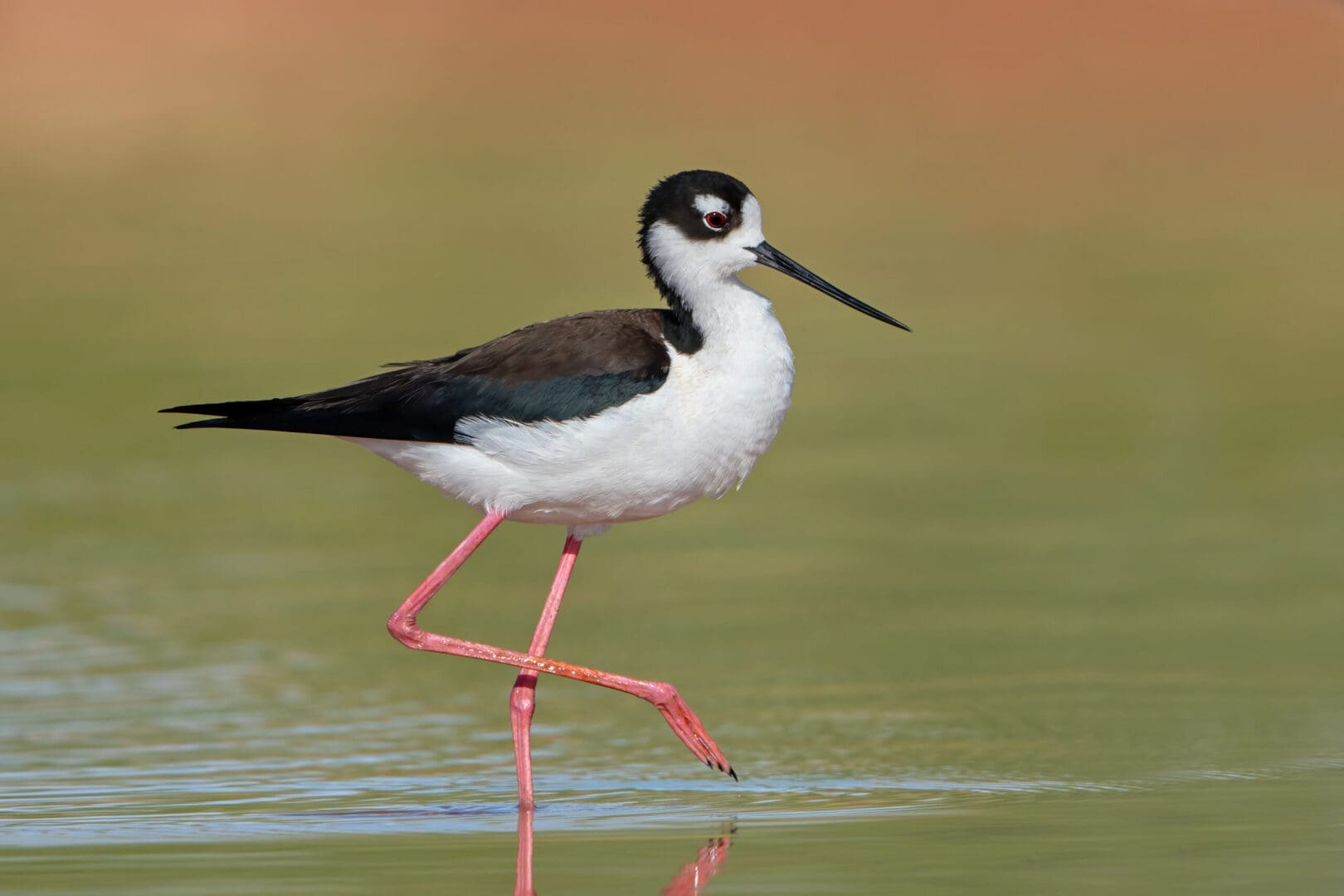
By: Rick Fridell
The Wildlife
Despite flowing through an arid region, the Virgin River is home to a surprisingly diverse array of plants and animals. Southwestern Utah is located at the intersection of three physiographic regions: the Colorado Plateau, the Great Basin, and the Mojave Desert. The exceptional landscapes and habitats of this region harbor unique plant and animal communities and species found nowhere else in the world. Without the water of the Virgin River system, these species could not exist.
The Virgin River directly supports hundreds of wildlife species including, woundfin, Virgin River chub, Virgin spinedace, flannelmouth sucker, desert sucker, speckled dace, and southwestern willow flycatcher. Many of these species are endangered or are considered sensitive species within the State of Utah. The Virgin River Program was established to balance increasing human demand and maintain this unique system.
Fish of the Virgin River Basin
Woundfin
(Plagopterus argentissimus)

By: Jon Wagner
Federally listed endangered species
The endangered Woundfin is one of the rarest species on earth, only found in a small section of the Virgin River. Woundfin have large fins and scaleless, streamlined bodies to help them survive in swift, silty conditions. Most Woundfin in the Virgin River do not live beyond two years. The Virgin River Program stocks Woundfin from hatcheries into the river every March and monitors stream flows during the hot summer months in an ongoing effort to preserve this rare species.
Size: 4" (10.2 cm)
Virgin River Chub
(Gila seminuda)
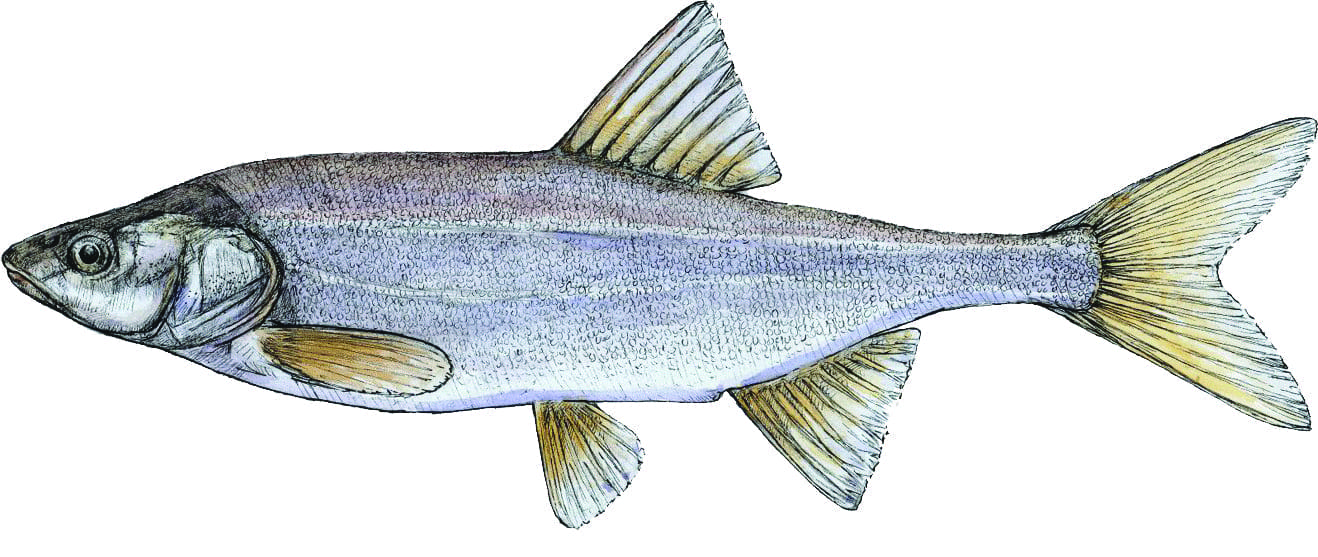
By: Jon Wagner
Federally listed endangered species
Rare and beautiful, the Virgin River Chub is the top native predator in the Virgin River. It is a fast, streamlined fish with a sloped forehead, humped back, and thin rounded tail. During spawning season, males display bright orange coloring on their fins and bellies. This endangered species is only found in the Virgin River system downstream from the La Verkin Hot Springs.
Size: 18" (46.4 cm)
Virgin Spinedace
(Lepidomeda mollispinis)
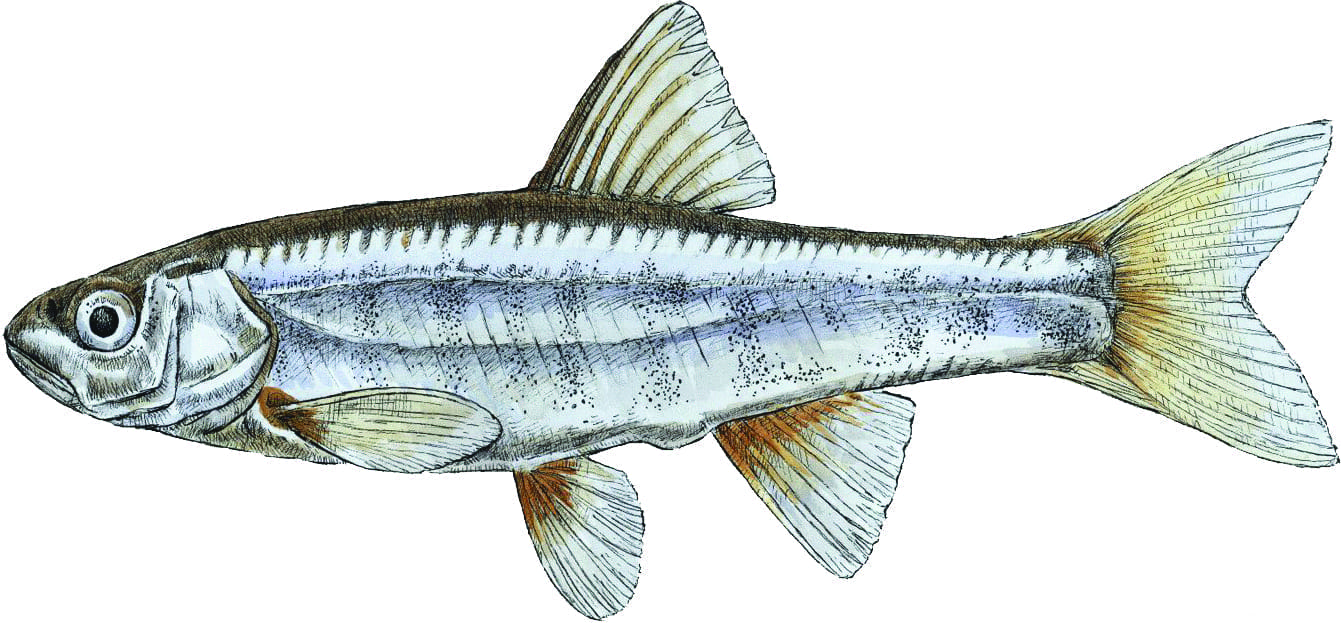
By: Jon Wagner
Conservation Species
Virgin Spinedace look, feed, and act like miniature trout. This silvery minnow gets its name from the sharp, spiny rays in its dorsal fin. It prefers deep pools and easily adapts to both clear and turbid water. Virgin Spinedace have a life span of approximately three years reaching sexual maturity at about one year. They feed on a wide range of insects and sometimes plant material and organic debris. Unlike other native fish species, Virgin Spinedace are found throughout the Virgin River basin especially in tributaries like the Santa Clara River and Beaver Dam Wash.
Size: 5" (12.7 cm)
Flannelmouth Sucker
(Catostomus latipinnis)
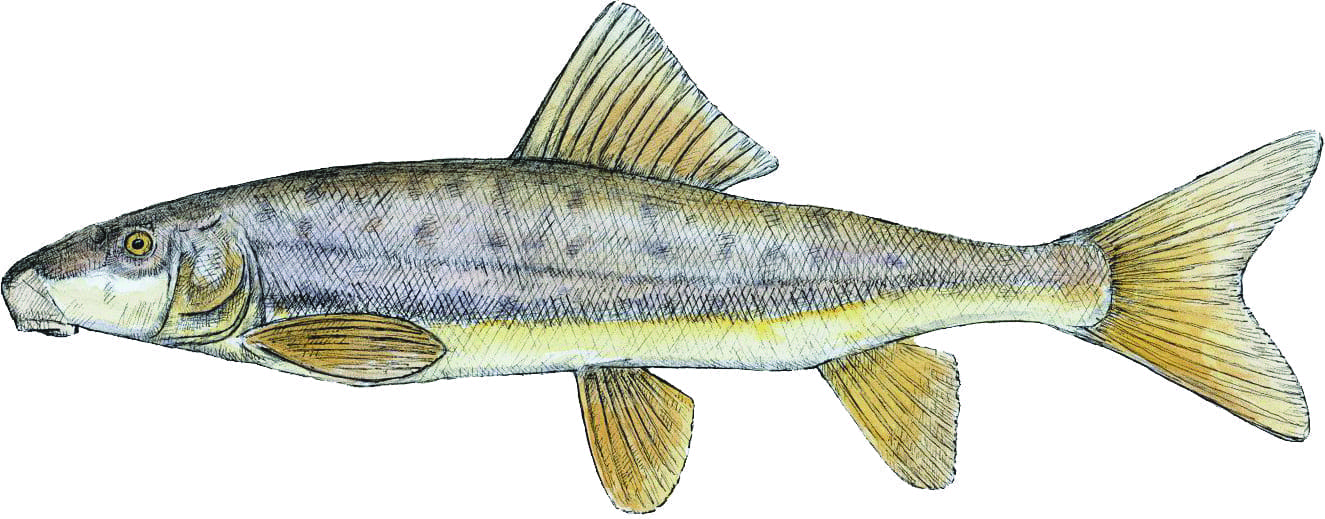
By: Jon Wagner
Conservation Species
The Flannelmouth Sucker is the largest native fish in the Virgin River, growing up to two feet in length and weighing up to six pounds. Its thick, fleshy lips contain taste buds that help it find food along the bottom of the river. Flannelmouth Suckers are usually found in deep sandy areas, but large numbers gather in shallow gravel beds to spawn in the spring.
Size: 2+' (64.8 cm)
Desert Sucker
(Catostomus clarkii )
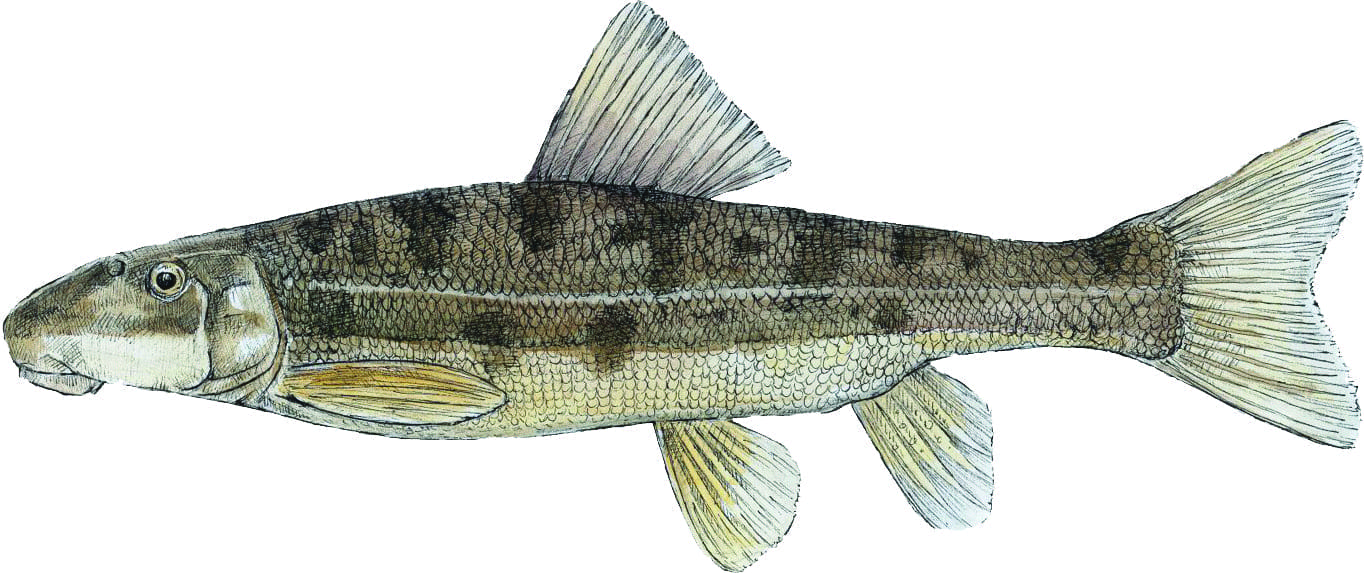
By: Jon Wagner
Utah Species of Greatest Conservation Need
The Desert Sucker gets its name by using its thick, cartilaginous lips to scrape rocks on the bottom of the river to eat algae and insects. It is colorful during the spawning season, developing orange and black ‘racing stripes’ along its sides. The Desert Sucker is considered a Species of Greatest Conservation Need in Utah, and is limited within the state to the Virgin River and its tributaries.
Size: 18" (46.4 cm)
Speckled Dace
(Rhinichthys osculus)
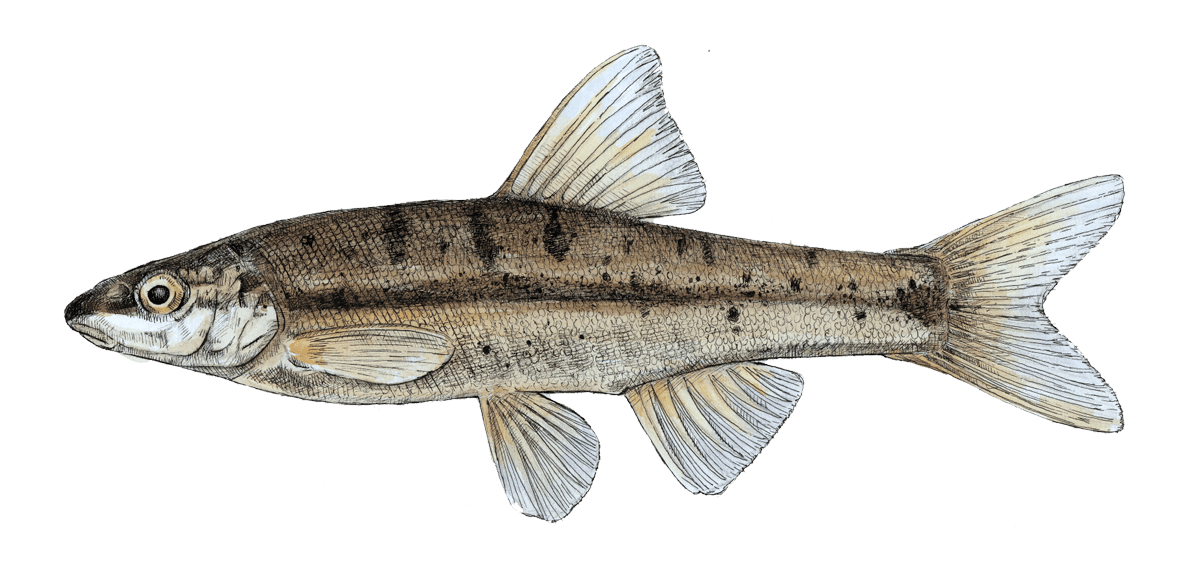
By: Jon Wagner
One of the most widespread species in western North America, the Speckled Dace is found in large numbers throughout the Virgin River and its tributaries. Speckled Dace prefer gravel riffles but are comfortable living in all habitats and stream sizes. Male Speckled Dace display bright red ‘lipstick’ and red fins to attract mates during the spawning season.
Size: 4" (10.2 cm)
Birds of the Virgin River Basin
Southwestern Willow Flycatcher
(Empidonax traillii extimus)
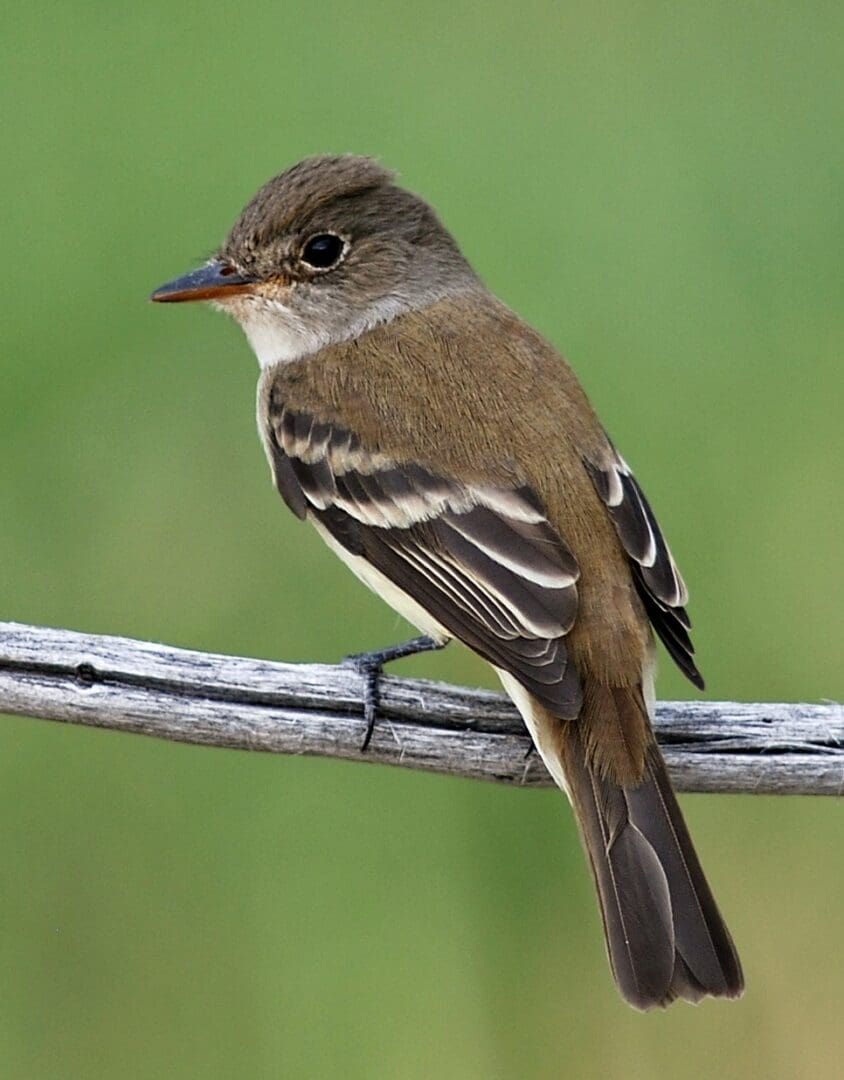
By: Rick Fridell
Federally listed endangered species
The endangered Southwestern Willow Flycatcher lives in dense riparian habitats along streams and rivers. It breeds in thick patches of trees and shrubs associated with wetlands. Flycatchers migrate to southwestern Utah to breed along the Virgin River between April and August and can be identified by their distinctive “fitz-bew” call.
Western Yellow-billed Cuckoo
(Coccyzus americanus occidentalis)
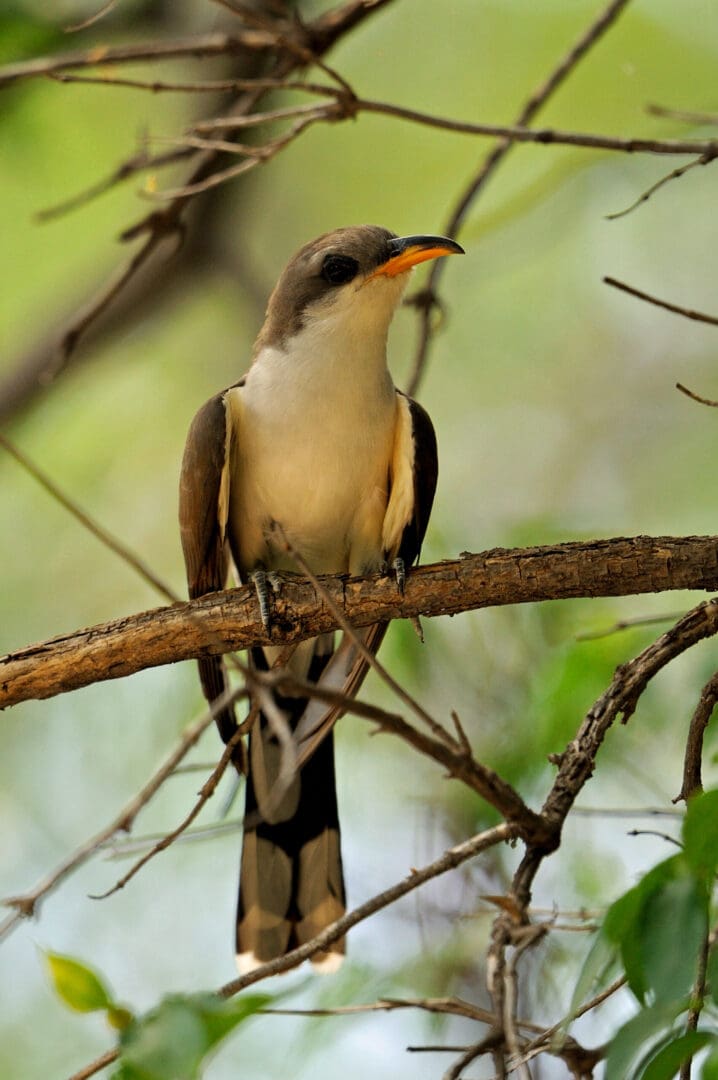
By: Rick Fridell
Federally listed threatened species
The western subspecies of the Yellow-billed Cuckoo is listed as a threatened species under the Endangered Species Act. This slender, long-tailed bird is rarely observed in southwest Utah, but occasionally individuals are heard or seen during migration along the Beaver Dam Wash and the Virgin and Santa Clara rivers. They spend the winter in South America moving north in late spring to nest. In the southwestern U.S., these secretive birds feed on caterpillars along desert streams with large cottonwoods and dense understory vegetation.
Amphibians of the Virgin River Basin
Arizona Toad
(Anaxyrus microscaphus)
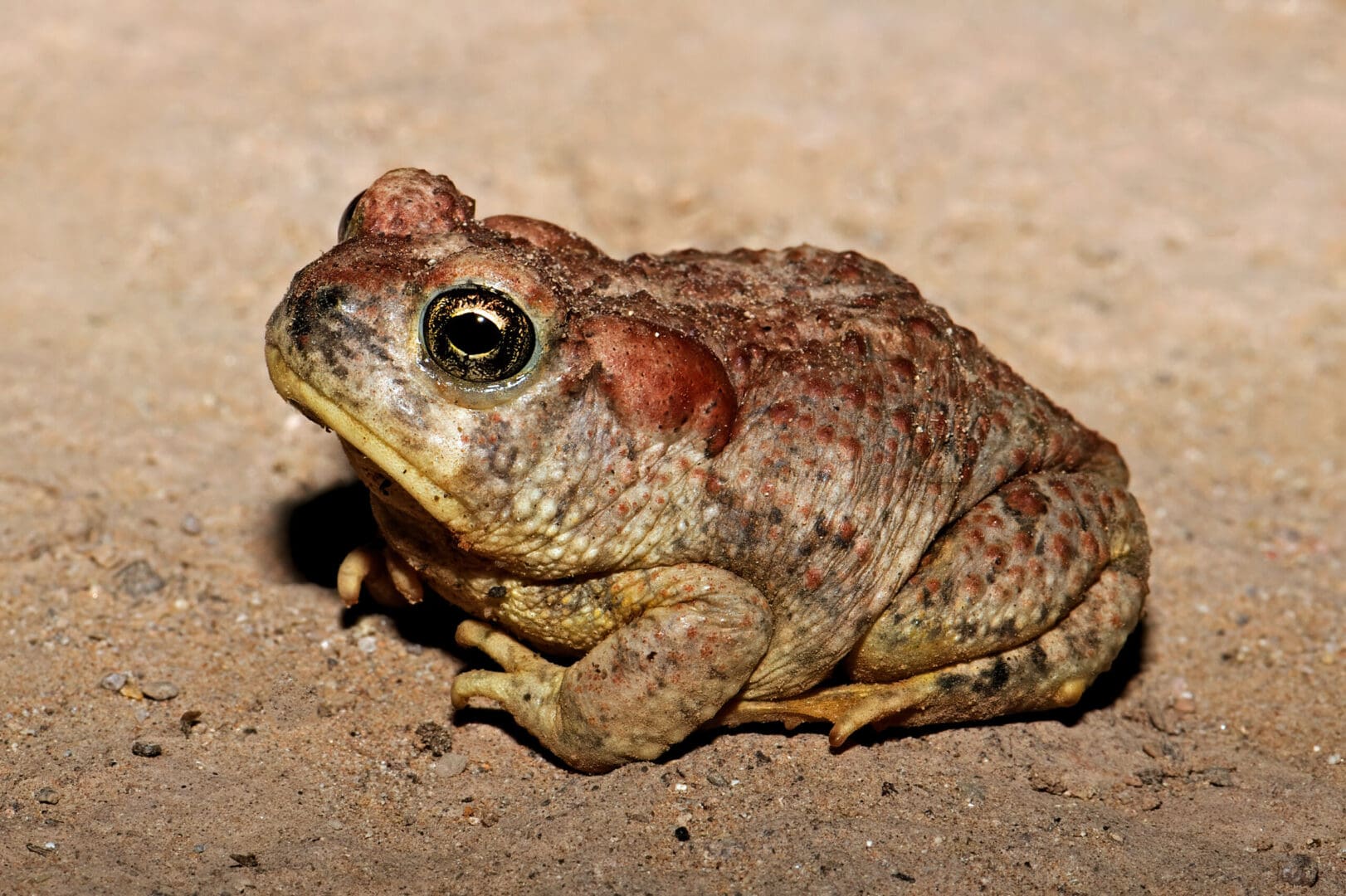
By: Rick Fridell
Utah Species of Greatest Conservation Need
The Arizona Toad is one of eight amphibian species native to the Virgin River basin. Although they have a very limited distribution in Utah and are rare throughout much of their geographic range, they are fairly common along the Virgin River and many of its tributaries. Arizona Toads congregate to breed in the spring and their high-pitched trills are often heard on warm March and April evenings. Their tadpoles rapidly develop through early summer and little toadlets disperse from the streams into nearby riparian areas. Arizona Toads can be remarkably variable in appearance ranging from white to reddish to dark brown.
Woodhouse's Toad
(Anaxyrus woodhousii)

By: Rick Fridell
Utah’s largest native amphibian, the Woodhouse’s Toad inhabits wet areas and agriculture fields along the Virgin River. They breed in the spring and summer following rain storms. Males call near standing water to attract females who lay long gelatinous strings of eggs.
Red-spotted Toad
(Anaxyrus punctatus)
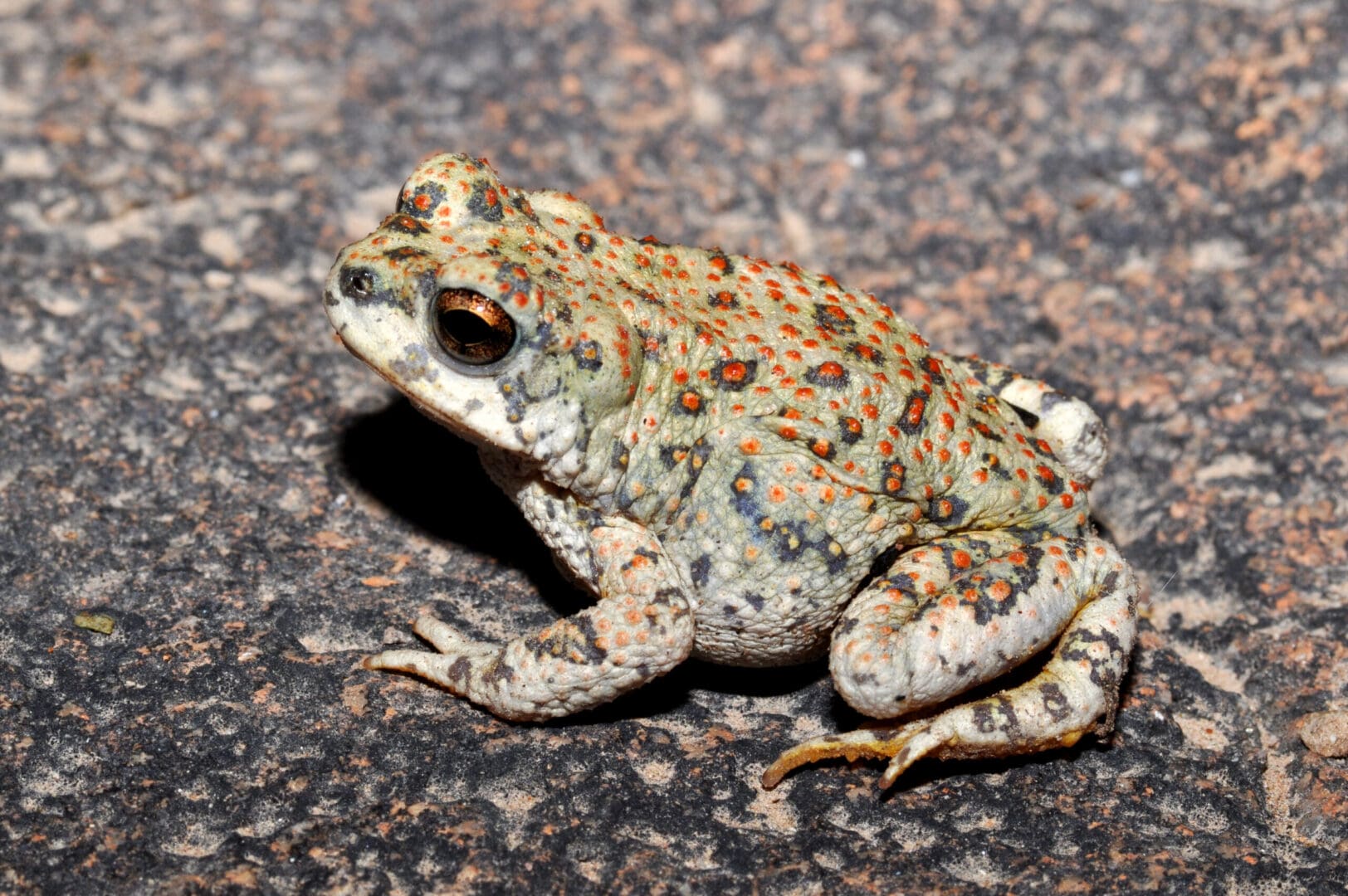
By: Rick Fridell
The Red-spotted Toad is a small colorful amphibian found throughout much of southern Utah. Red-spotted Toads are more frequently found in arid upland locations than most amphibian species in the Virgin River Basin. They move into creeks, ponds, and other aquatic areas in the early spring for breeding. The high-pitched trill of male toads can be heard chorusing to attract females on warm spring evenings along the Virgin River and its tributary creeks.
Great Basin Spadefoot
(Spea intermontana)
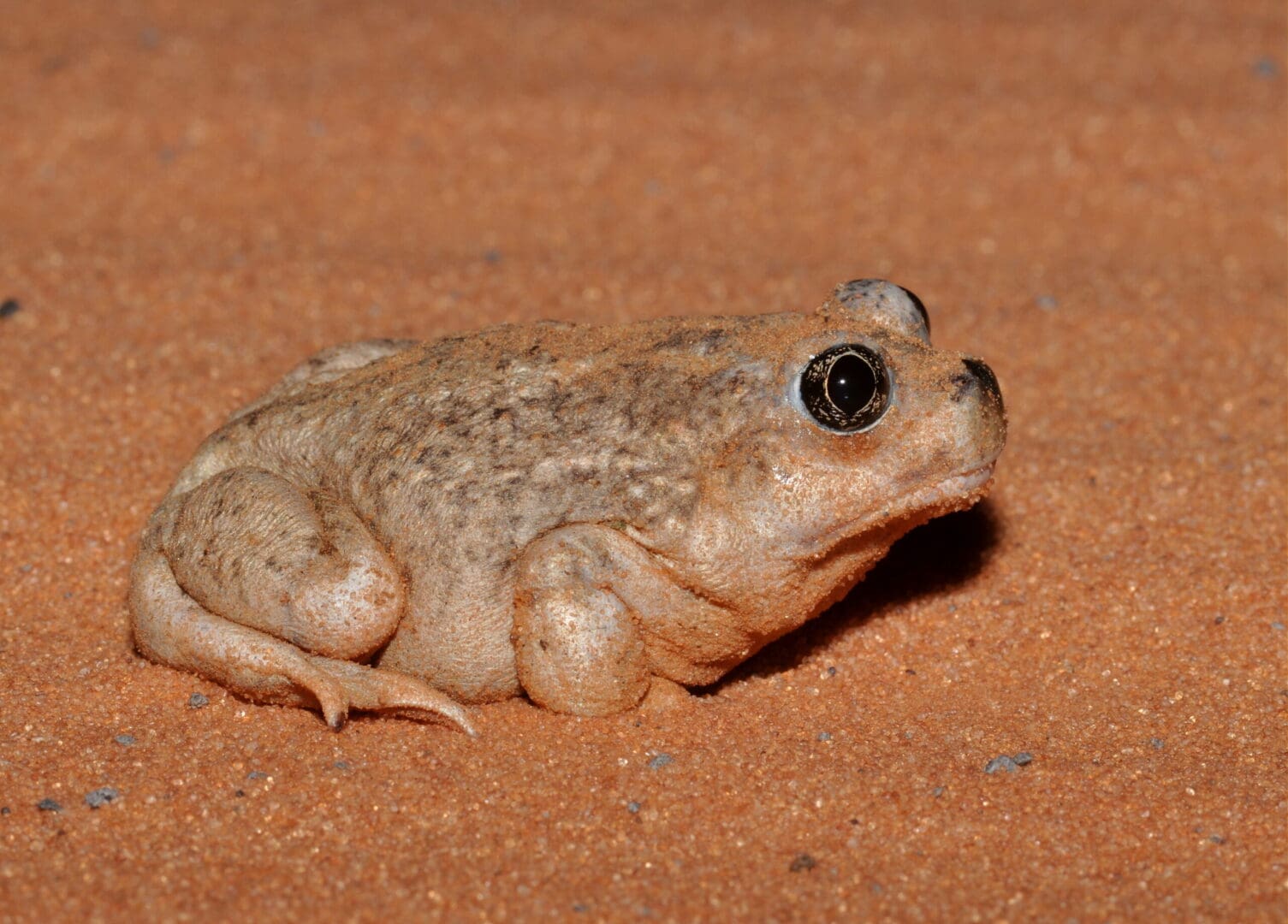
By: Rick Fridell
The Great Basin Spadefoot is one of eight amphibian species native to the Virgin River basin. These nocturnal toads are highly adapted to the desert and can lose up to 50% of their body moisture without ill effect. They use the namesake spades on their hind feet to bury in the ground to escape cold winter and severe summer temperatures. Spadefoot toads emerge following spring and summer rainstorms and gather in small temporary breeding pools where the females lay up to 500 eggs. The eggs hatch within a day or two into small tadpoles that rapidly develop and transform into small toads before the water source dries up.
Canyon Tree Frog
(Hyla arenicolor)
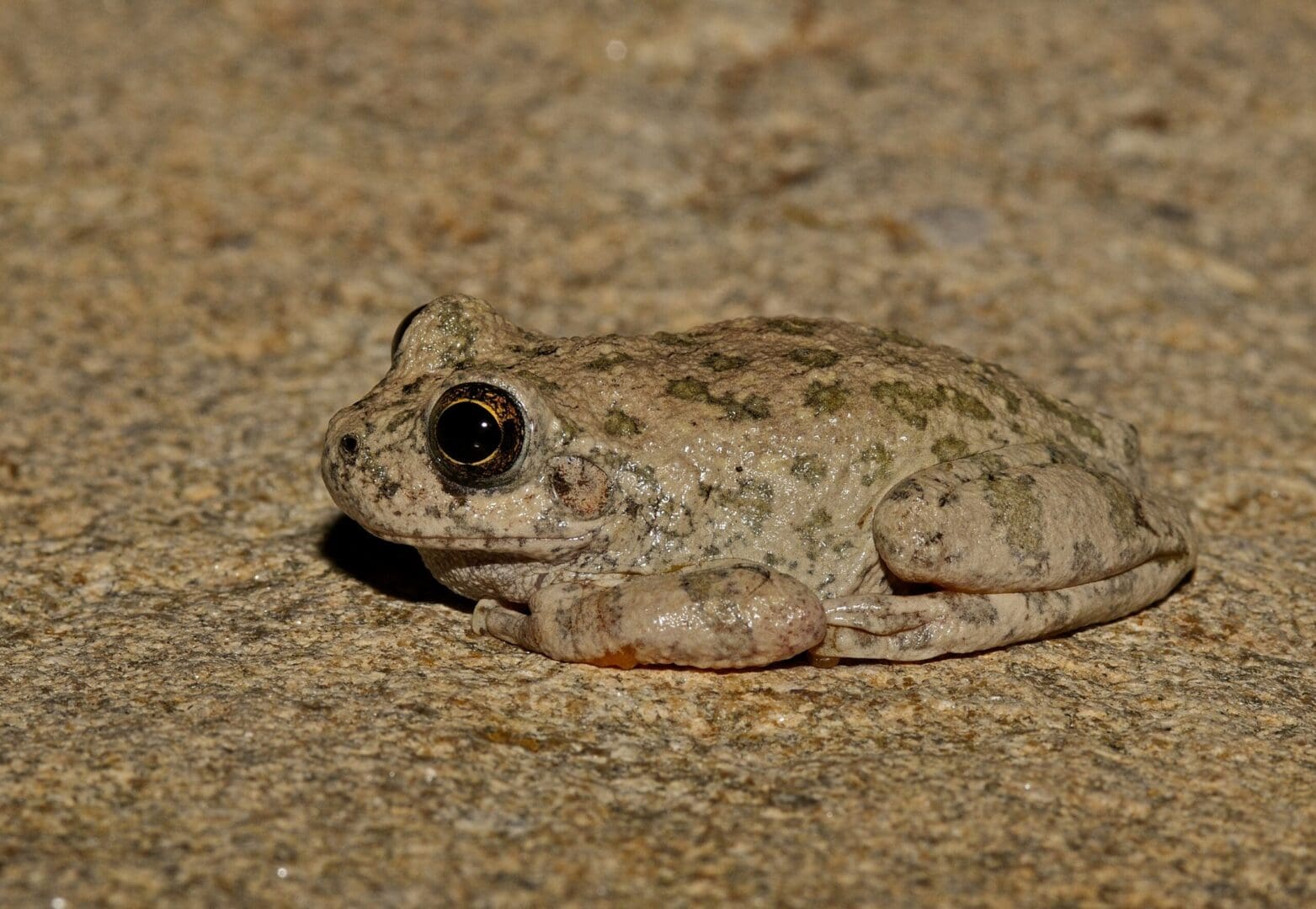
By: Rick Fridell
The Canyon Treefrog is native to the rocky plateaus and canyons of the Southwest United States. Within the Virgin River drainage, it is found in upper tributaries and is common along the North and East Forks of the Virgin River in Zion National Park. These cryptic treefrogs perch on rocks, cliffs, and ledges watching for small insects and quickly plunge into pools when threatened. They are masters of camouflage, displaying highly variable colors including, cream, brown, tan, or red, with irregular patterns and blotches to match the background color of the rocks in their native habitat.
Relict Leopard Frog
(Lithobates onca)
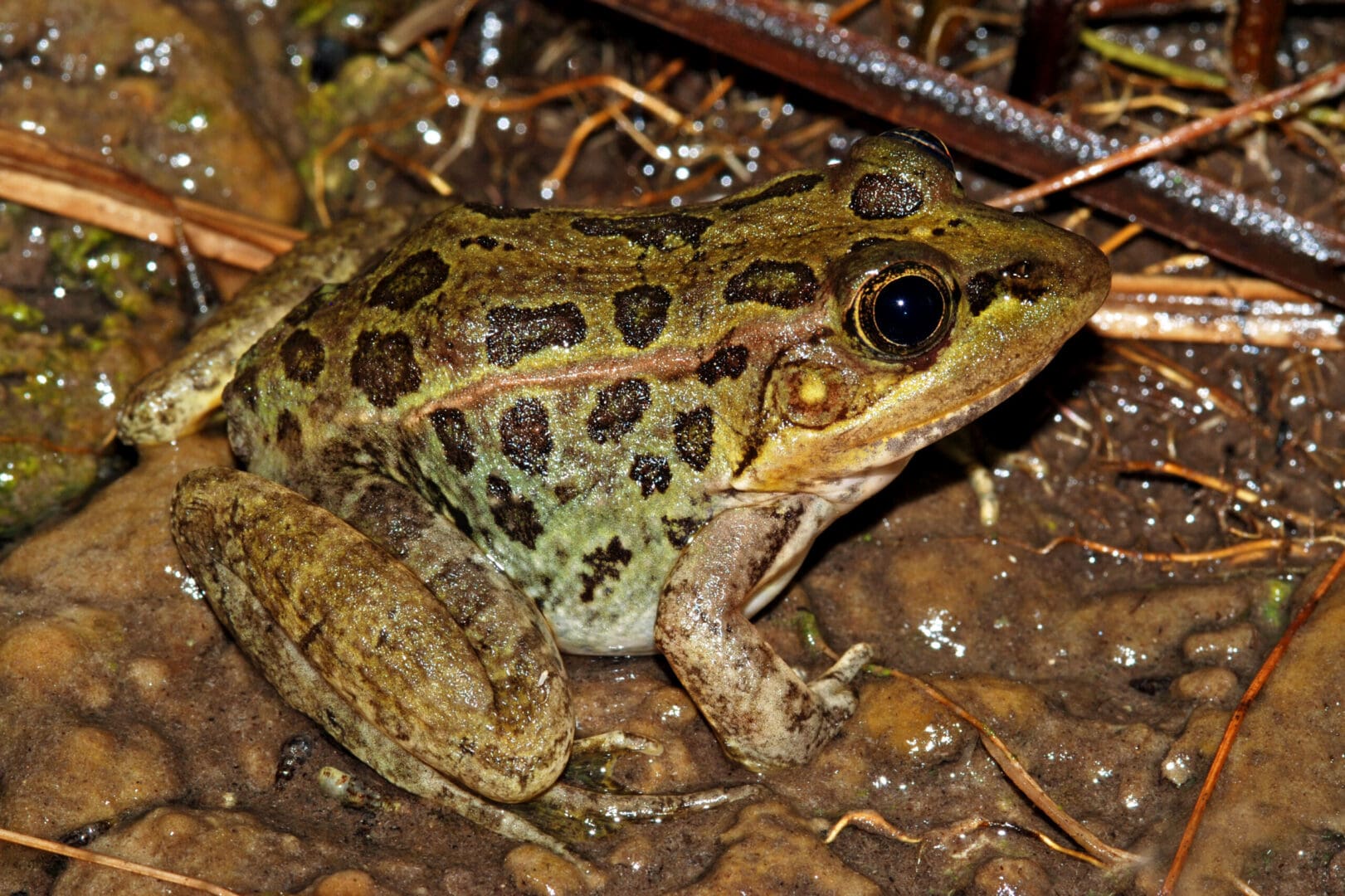
By: Rick Fridell
Conservation Species
The Relict Leopard Frog once occurred in a few springs and marshes along the Virgin River between Hurricane and St. George, but it is no longer present in Utah. Populations are now limited to a few sites near Lake Mead in Nevada and Arizona. Cooperative efforts including captive breeding and re-introduction have recently been successful in restoring these frogs into portions of their historic range.
Northern Leopard Frog
(Lithobates pipiens)
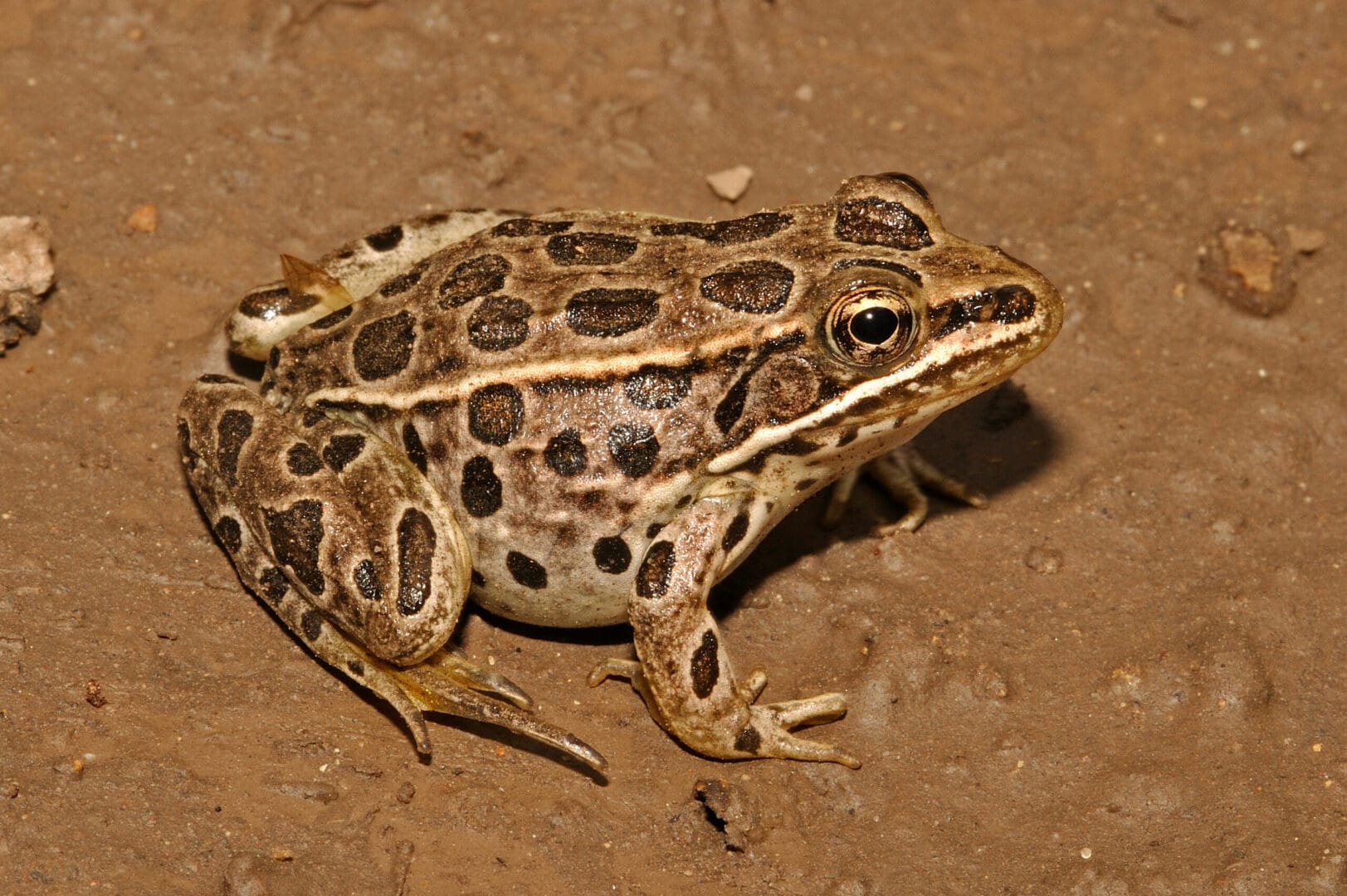
By: Rick Fridell
Utah Species of Greatest Conservation Need
The Northern Leopard Frog is rare in the Virgin River basin, limited to the Kolob Region and the upper North Fork of the Virgin River. While they typically live along streams and ponds, they will hop long distances across dry areas in search of aquatic habitat.
Western Tiger Salamander
(Ambystoma tigrinum mavortium)
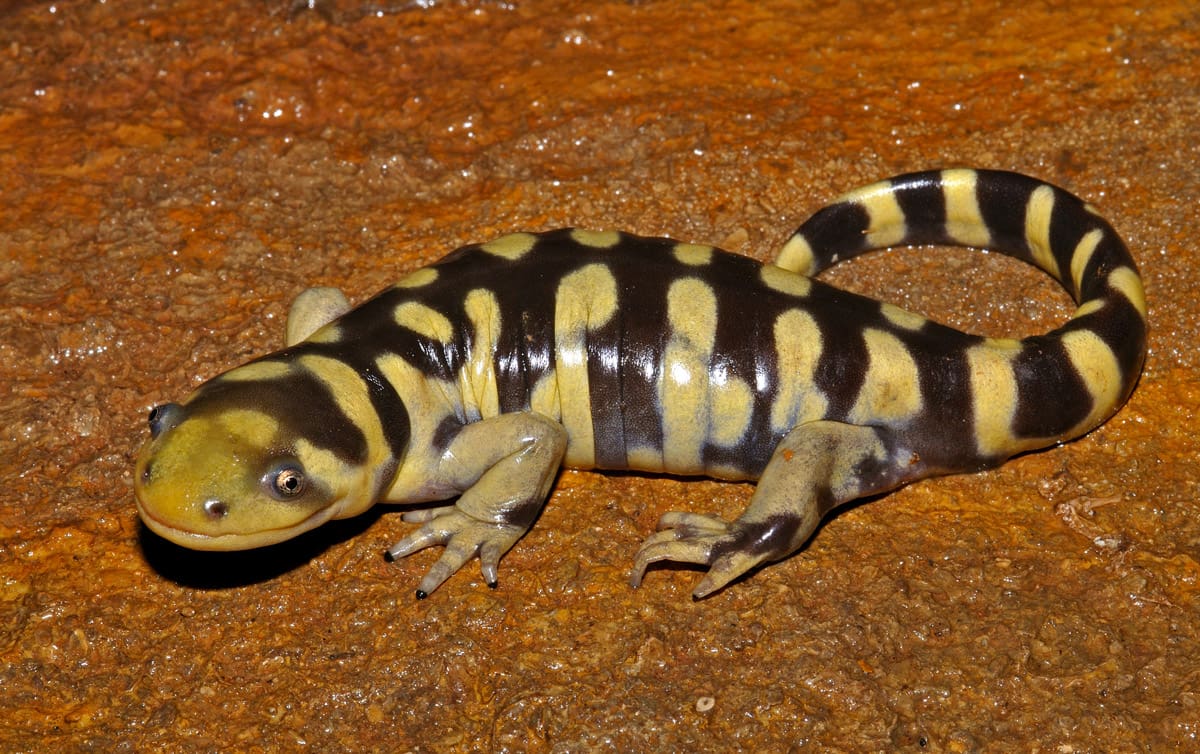
By: Rick Fridell
The Barred Tiger Salamander is one of the largest salamanders in the United States. In Utah, they are found in a variety of springs, ponds, and other fishless areas from deserts to high mountains. The adults of this amphibian are terrestrial while young larval stages are entirely aquatic. Adults spend the majority of their life underground coming out on warm rainy nights to forage for insects, spiders, worms, and other small animals. Tiger Salamanders can live up to 20 years returning to the same aquatic sites annually to lay eggs in the spring and early summer.
Baja California Tree Frog
(Pseudacris hypochondriaca)
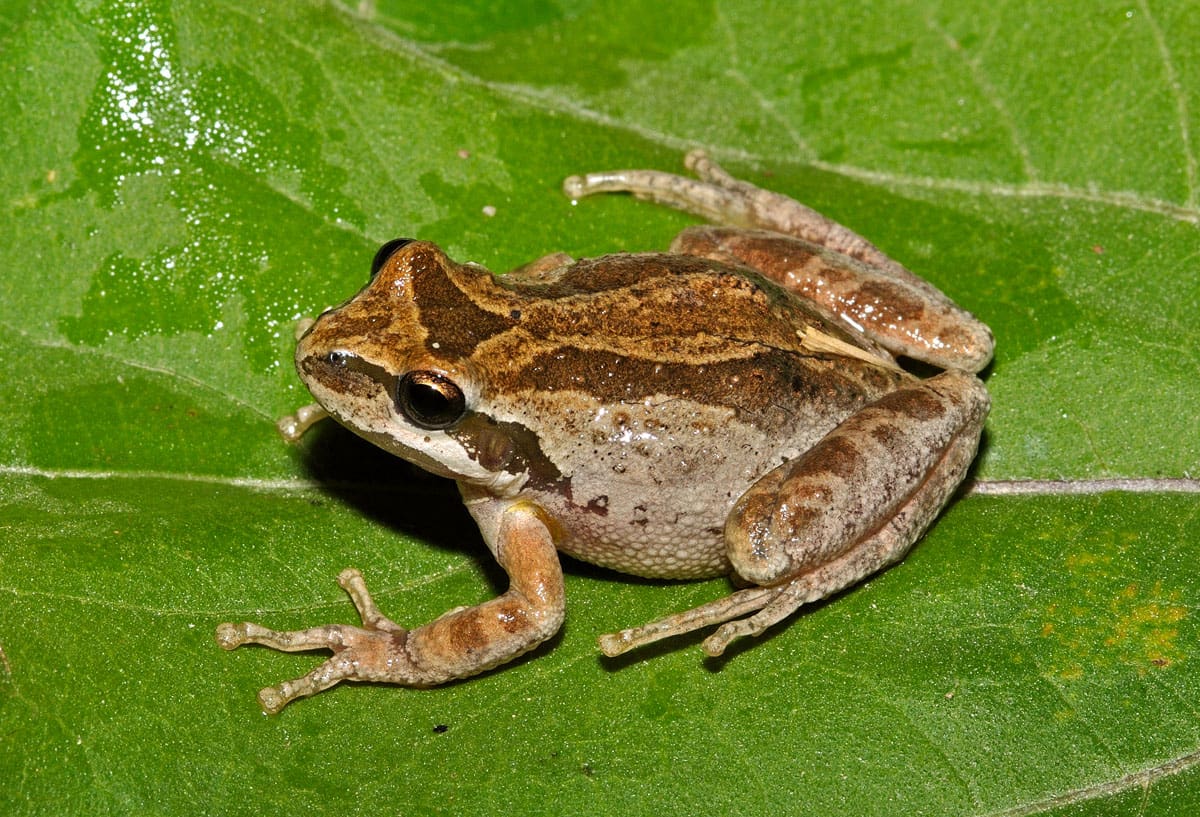
By: Rick Fridell
Non-native Species
The Baja California Treefrog is one of three species formerly known as the Pacific Treefrog. This small treefrog was introduced into the Virgin River system in the early 2000s with ornamental plants supplied through nurseries. The Baja California Treefrog rapidly spread along the Virgin and Santa Clara rivers and is now abundant in nearly all wetland habitats from Virgin to St. George. This loud treefrog is the species commonly found calling throughout the spring and summer at night along streams, springs, marshes, and even backyard ponds.
American Bullfrog
(Lithobates catesbeianus)
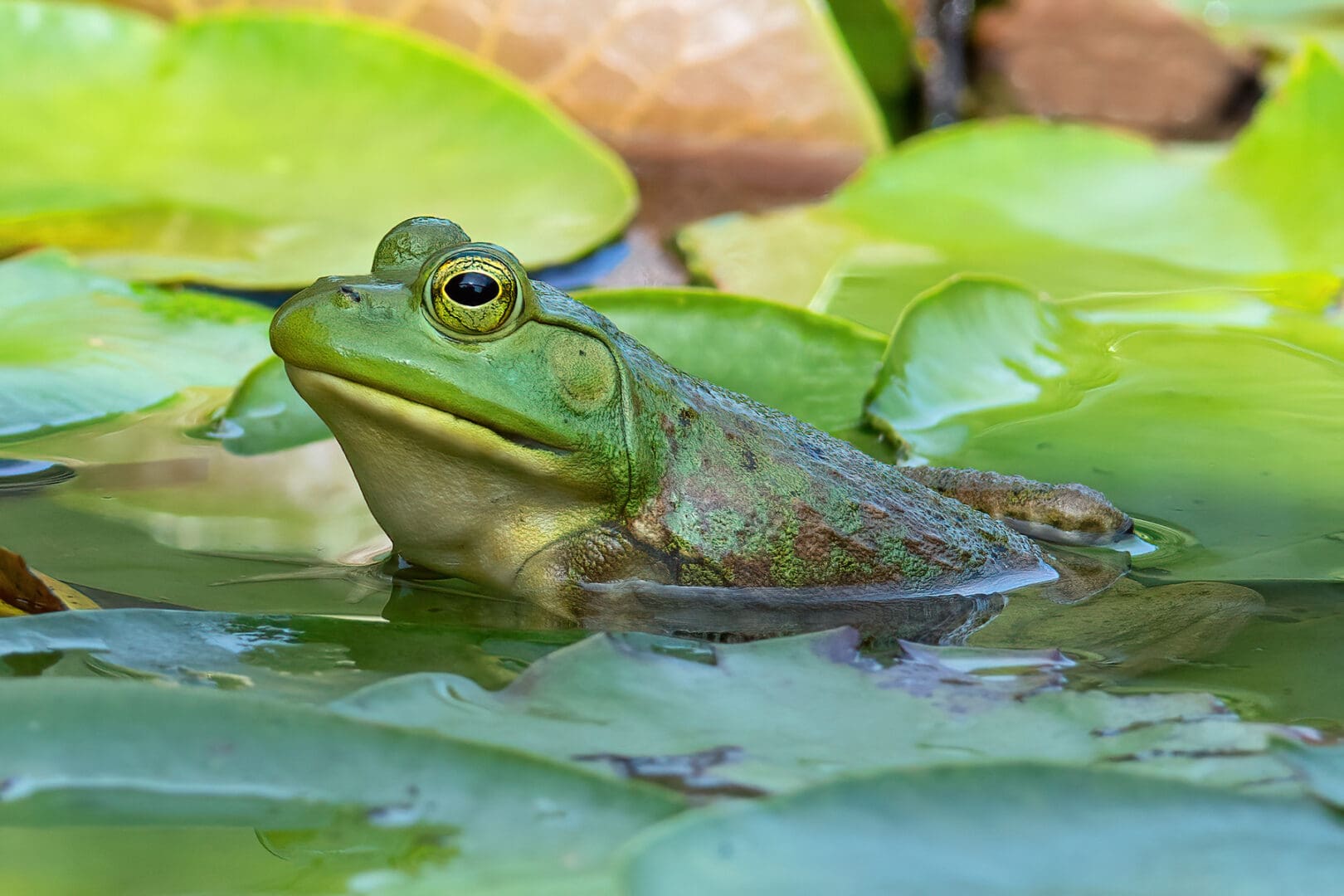
By: Rick Fridell
Non-native Species
The American Bullfrog is a large amphibian native to eastern North America. It was named for the male’s deep-pitched breeding call, which sounds like a bellowing bull (“jug-o-rum” or “br-wum”). In the Virgin River basin, the bullfrog is an invasive species that is commonly found in marshes, ponds, and streams. This voracious predator will eat any small animal it can overpower and fit in its mouth, including other frogs and toads, fish, rodents, and small birds. The bullfrog can also spread the chytrid fungus, which infects the skin and kills native Virgin River amphibians.